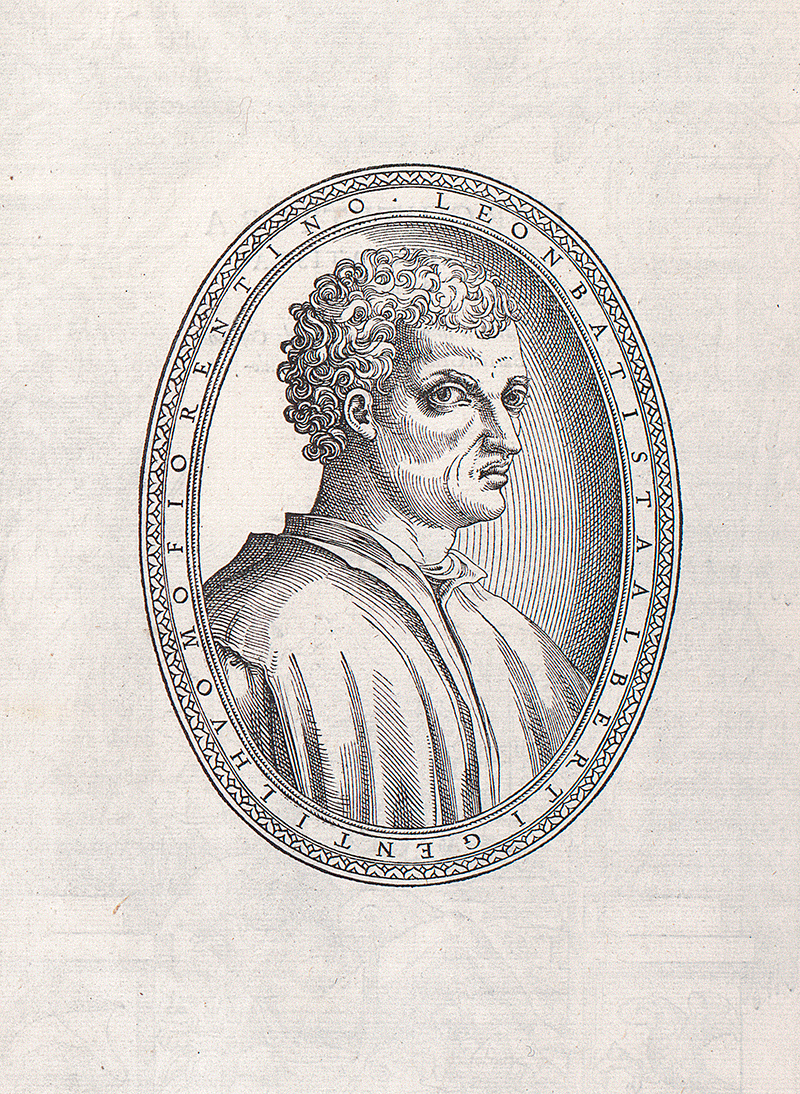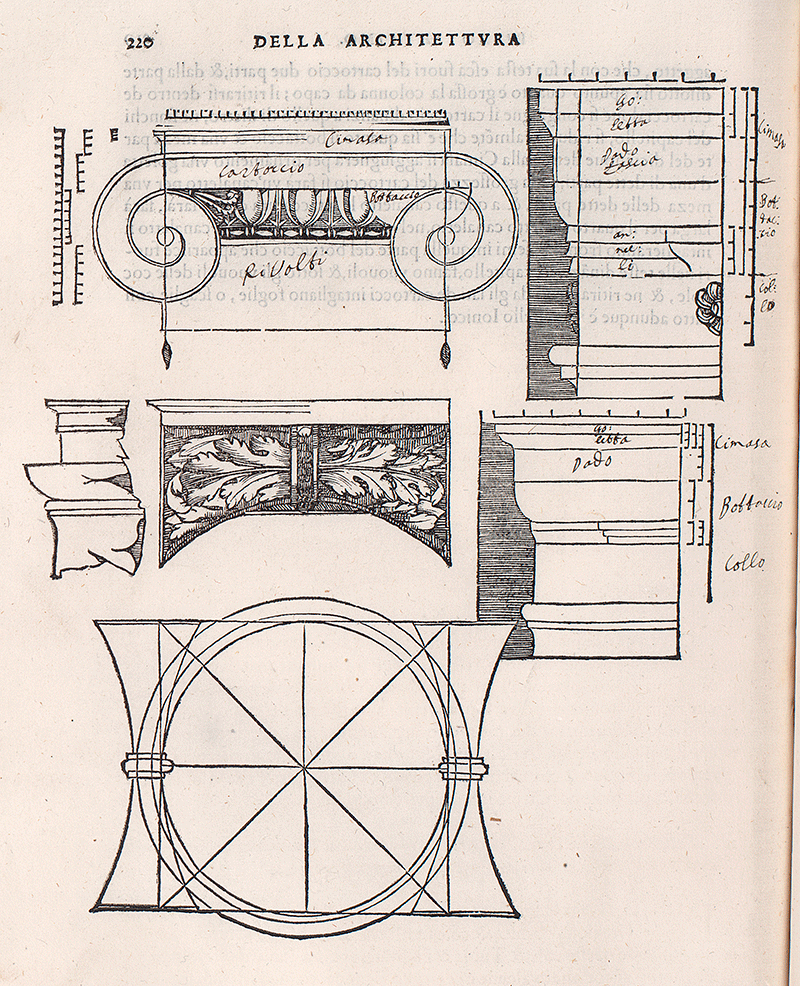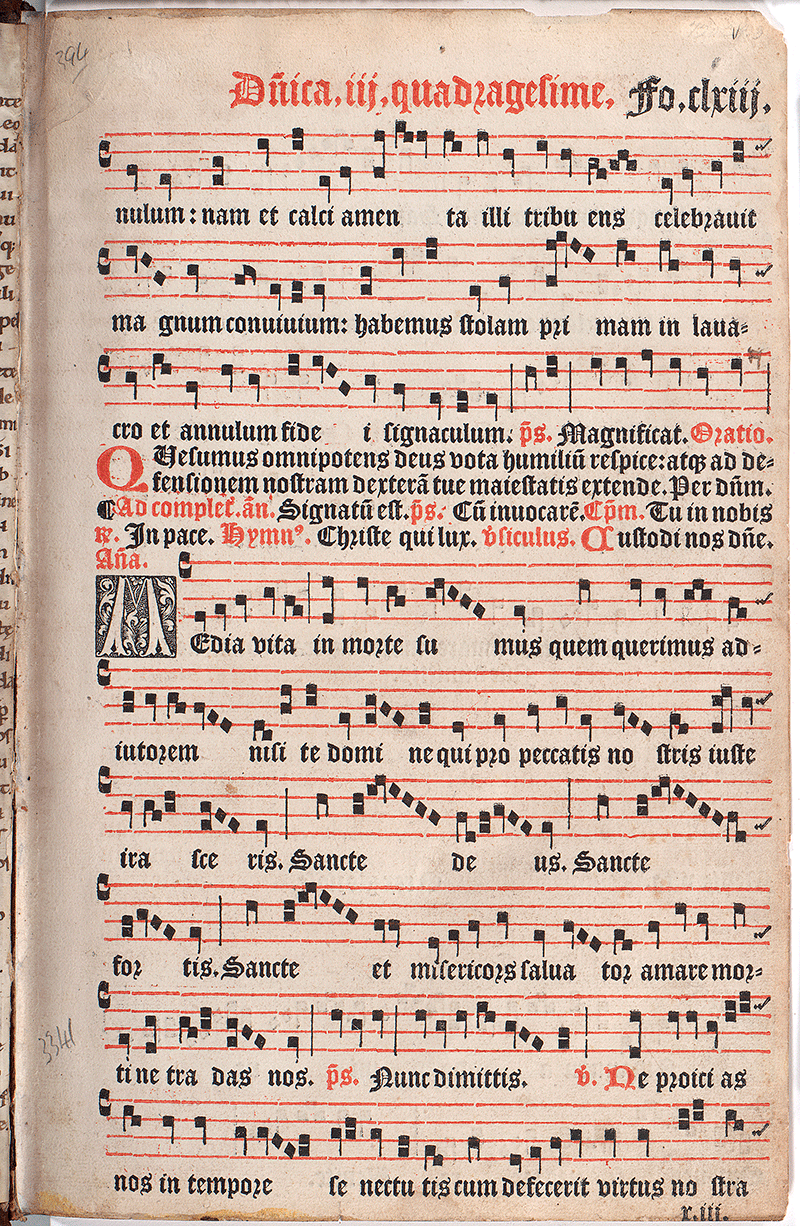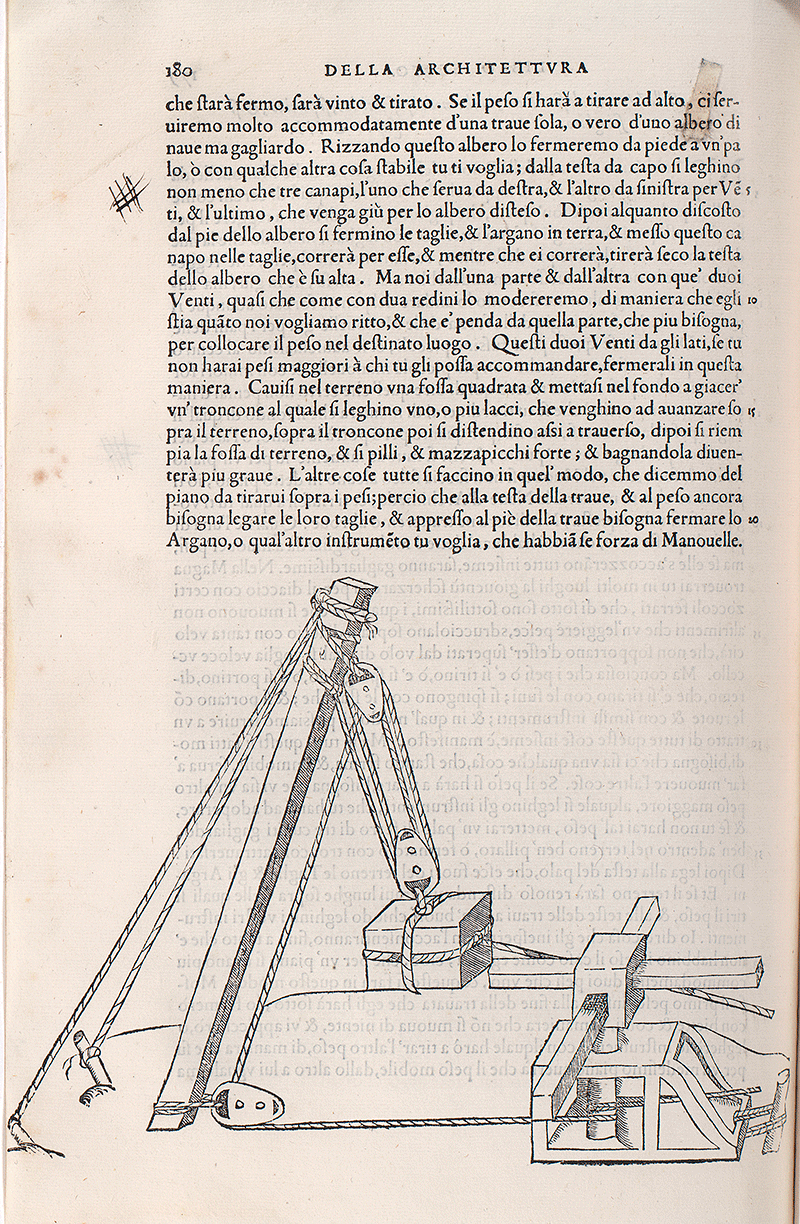Alberti - Renaissance Man
|
-
About this Collection
Leon Battista Alberti was a quintessential Italian Renaissance man. Born in 1404 in Genoa into an exiled Florentine banking family, he received a classical education in Venice and Bologna. He studied Latin, Greek, canon law, mathematics, geometry and physics.
In 1432 Alberti went to Rome to become a secretary in the papal curia; his service to several popes enabled him to travel extensively in Italy and make contact with influential people.
Alberti produced books on a variety of subjects, including family ethics, cartography, cryptography, and aesthetics.
His three most influential works, on painting, sculpture, and architecture, were instrumental in changing the tastes and customs of artists and patrons alike, and set stylistic standards for centuries to come.
Alberti's De re aedificatoria (1450) is his theoretical masterpiece.
-
Frontispiece of Alberti's De re aedificatoria is a portrait of the architect himself
Alberti is described as a 'gentleman of Florence' in the inscription surrounding his woodcut portrait.
Image from the Steedman's 1550 edition of Alberti's De re aedificatoria, printed in Florence. It is dedicated to Cosimo de Medici, Duke of Florence. This edition was the second translation of the work from Latin into Italian, but was the first to include illustrations.
-
Alberti's explication of the Ionic order
This page from the 1550 Steedman copy of Alberti illustrates in precise detail the forms and proportions of the Ionic order of columns. Handwritten notes from a later time can be seen.
-
Front flyleaf of the Steedman's Alberti was made from a sheet of 16th century printed music
The binding of the Steedman copy of the 1550 edition of Leon Battista Alberti's De re aedificatoria is a good example of the practice of using pages from unrelated older books as endpapers and flyleaves.
This is the front flyleaf, which is a printed page from a musical score.
-
Renaissance construction methods and materials as presented by Alberti
Leon Battista Alberti's text De re aedificatoria included much information for the practicing architect and builder on construction materials and methods.
Image from the Steedman 1550 edition, the first Italian edition to include illustrations.
 View Image
View Image View Image
View Image View Image
View Image View Image
View Image